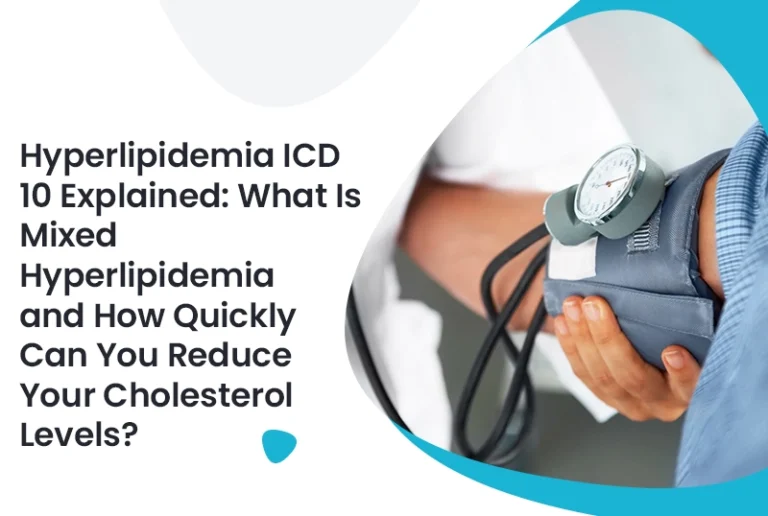Accurate coding for chest pain ensures proper reimbursement and compliance with billing regulations. Whether you’re a provider or a medical billing company, understanding the correct ICD 10 for chest pain is critical, especially when dealing with complex descriptions like precordial pain. This guide explains the coding specifics, proper code usage, and how to avoid costly denials.
What Is Precordial Chest Pain?
Precordial pain refers to discomfort located in the front of the chest, particularly over the heart. It’s a symptom commonly seen in both emergency and outpatient settings. However, it doesn’t always indicate a cardiac issue—it could stem from musculoskeletal, gastrointestinal, or psychological causes.
Primary ICD 10 Code for Chest Pain
The general ICD 10 for chest pain is R07.9 – Chest pain, unspecified. However, for precordial or central chest pain, the more specific code R07.2 – Precordial pain is commonly used. Choosing between R07.9 and R07.2 depends on the documentation provided in the medical records.
Breakdown of Common ICD 10 Chest Pain Codes:
- R07.1 – Chest pain on breathing
- R07.2 – Precordial pain
- R07.89 – Other chest pain
- R07.9 – Chest pain, unspecified
Correctly identifying the type of chest pain ensures clean claim submission and minimizes audit risk.
Want more information? Read here: how would you code strain upper back in icd 10
Why Proper Coding for Chest Pain Matters
Mistakes in coding chest pain can delay payments, trigger audits, or even lead to payer rejections. Most payers require specific codes that match the documentation. Coders must carefully analyze physician notes to determine whether precordial pain (R07.2) is the correct descriptor or if a more general or alternative code fits better.
Documentation Tips for Accurate ICD 10 Coding
- Clarify the pain location – Is it central, left-sided, substernal, or radiating?
- Check for associated symptoms – Dyspnea, dizziness, or palpitations can support more detailed coding.
- Rule out causes – Cardiac, respiratory, GI, or musculoskeletal origins matter.
- Include duration and severity – Acute vs. chronic presentations can influence code selections.
Medical coders should never assume the cause without clear documentation. Using vague descriptors like “chest pain” without detail often results in the use of R07.9, which may not be ideal for specific cases like precordial pain.
Avoiding Coding Denials
One of the most common reasons for rejected claims involving chest pain is lack of specificity. Mid-cycle audits frequently flag generalized use of R07.9 when a more precise code is available. A credentialing services partner can help align your documentation protocols with payer expectations, reducing errors and maximizing revenue.
Additionally, regularly updated ICD coding guidelines often redefine how symptoms like chest pain should be approached. Staying compliant means continuously educating your coding staff and refining internal workflows.
ICD 10 for Chest Pain
In high-volume metro areas such as Houston, New York, or Los Angeles, chest pain visits are common in ER and urgent care settings. Urban health systems often adopt stricter compliance checks, making precise ICD 10 usage more crucial. Facilities that partner with reliable coding services in these areas have higher first-pass claim approval rates.
Related Codes Often Paired with Chest Pain
Medical records for patients presenting with chest pain often include related symptoms or comorbidities. Here are a few common ICD 10 codes billed alongside:
- I10 – Essential hypertension
- I20.9 – Angina pectoris, unspecified
- K21.9 – Gastroesophageal reflux disease (GERD), without esophagitis
- F41.9 – Anxiety disorder, unspecified
Pairing these codes accurately requires knowing which condition is the primary diagnosis and whether chest pain is a symptom or standalone concern.
The Role of Differential Diagnosis
Coding is not just data entry—it’s a clinical interpretation process. Chest pain could signal anything from heart disease to GERD or panic attacks. Therefore, providers must give detailed documentation to support the correct ICD 10 selection.
Coders should collaborate with clinicians to clarify the nature of pain described. Training your team to spot red flags and seek clarification can dramatically improve coding accuracy.
Common Payer Policies for R07.2 and R07.9
Most commercial and Medicare payers accept R07.2 and R07.9, but some have stricter rules about how frequently these codes can be used for repeat visits. Always verify the most current payer-specific coding policies to ensure compliance.
Hospitals and clinics that monitor coding trends and denial reasons often identify patterns, allowing for proactive process improvements.
End Note
By accurately identifying precordial pain and coding with ICD 10 for chest pain under the proper subclassifications, practices can reduce claim denials and increase payment rates. Regular coding audits, proper training, and up-to-date payer policy awareness all contribute to stronger revenue outcomes.
Understanding billing metrics like the pc ratio in medical billing also offers deeper insight into claim performance, helping you optimize financial operations while ensuring accuracy.
FAQs (frequently asked questions)
Q1: What is the best ICD 10 code for precordial chest pain?
A1: The correct code is R07.2 – Precordial pain, used when the documentation specifies central chest pain.
Q2: Is R07.9 acceptable for all types of chest pain?
A2: No, R07.9 – Chest pain, unspecified should be used only when no other specifics are documented.
Q3: Can I code chest pain with a diagnosis of GERD?
A3: Yes, you can code both if documentation supports GERD as the cause and chest pain as the symptom.
Q4: Do payers reimburse for chest pain symptoms without a confirmed diagnosis?
A4: Yes, if the symptom is well documented, especially in emergency settings. However, more detailed coding is preferred.
Q5: How can I reduce claim denials for chest pain codes?
A5: Improve documentation, use precise ICD codes like R07.2, and consult a medical billing company to ensure accuracy.







